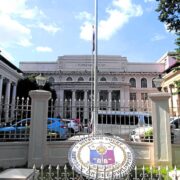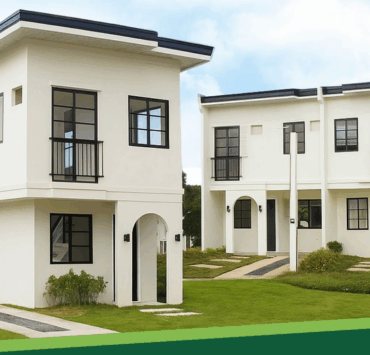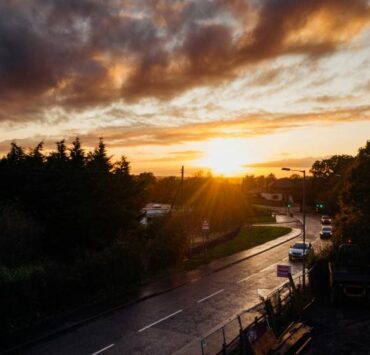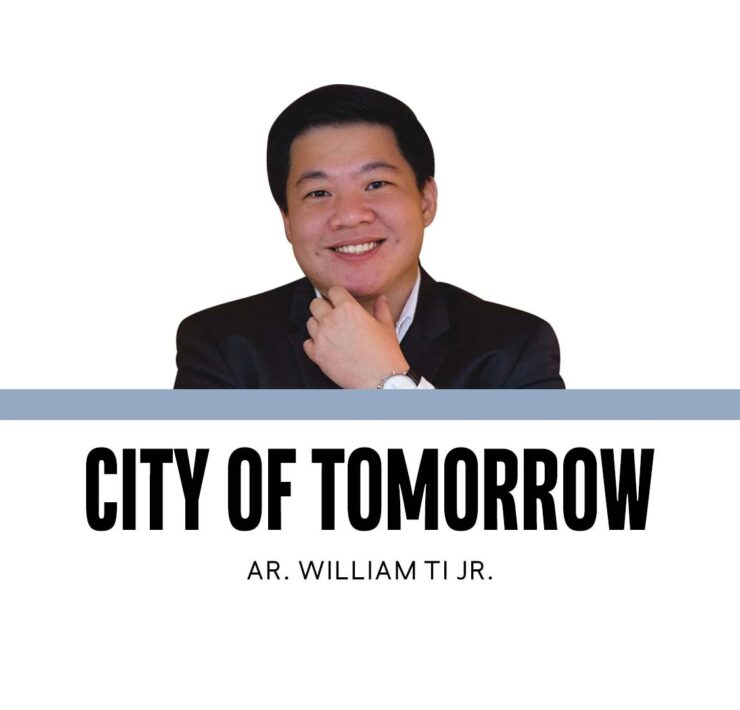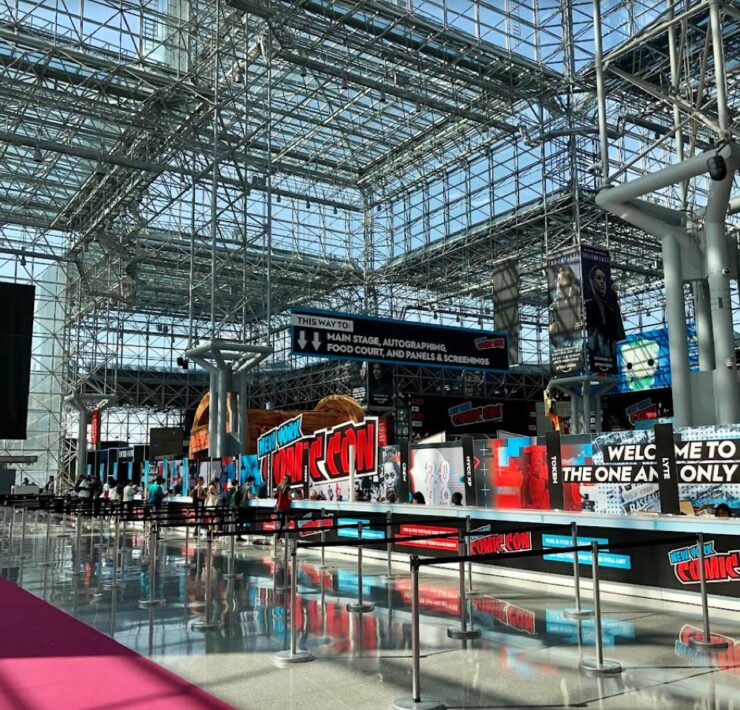The architecture and diversity that define our cities

Cities are living organisms shaped not just by buildings and streets, but also by the people and communities that give them life.
At the heart of this urban ecosystem lie two powerful forces: architecture and urban planning. Together, these determine how we live, move, interact, and grow. In a constantly growing, fluid and urbanizing world, their success depends on one essential ingredient: diversity.
Vibrant mixed-use communities
Traditional development models often focus on singular uses—housing in one zone, offices in another, retail in a third. While functional, this approach leads to lifeless neighborhoods that empty out after work hours and require constant commuting.
Mixed-use, higher density developments offer a better alternative. By blending residential, commercial, cultural, and recreational spaces, they create more vibrant streetscapes, safer environments, and more dynamic communities.
People are encouraged to walk, explore, and engage with their surroundings. Neighborhoods with diverse uses support local businesses, spark social interaction, and reduce dependence on cars.
A well planned mixed-use community means that places of interest—from cafés and shops to schools and parks—are woven into the fabric of daily life. It allows people to enjoy their neighborhoods without needing to travel far, creating spaces that truly serve their residents and strengthen local identity.
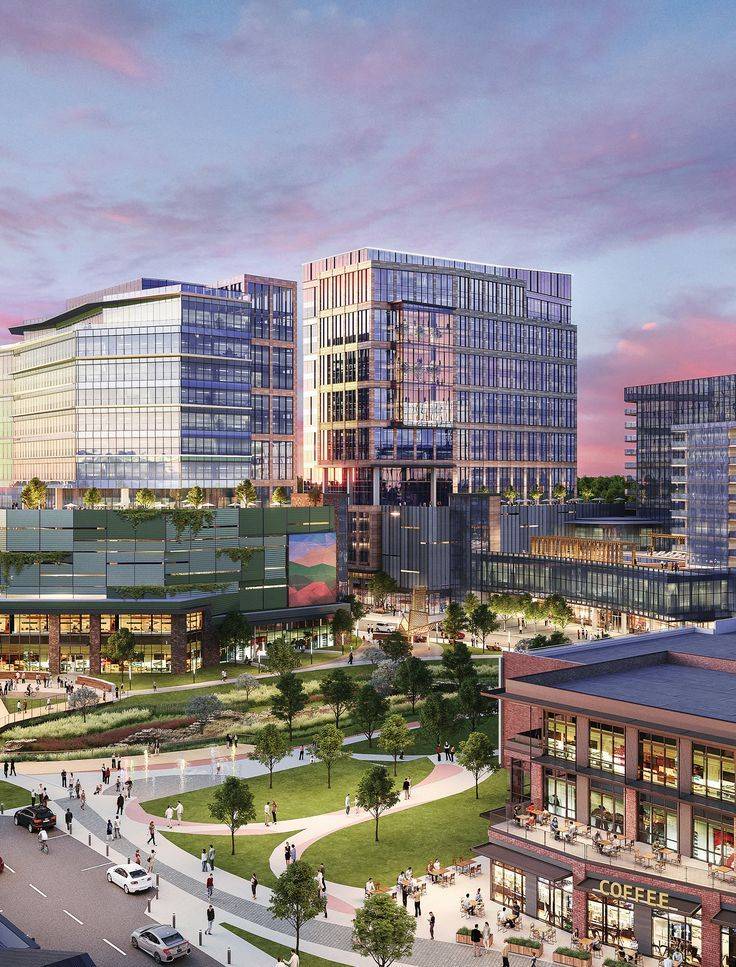
Mixed-use beyond zoning
Urban planning often works at a large scale, shaping the city’s vision through zoning, infrastructure, and policy.
Architecture, meanwhile, is a key urban tool that creates diversity. It operates at the human scale—one building, one block, one space at a time. It allows us to extend the idea of mixed-use beyond just zoning, and allows us to create diversity even within the same building types or city blocks.
There can be an incredible diversity of residential, commercial, or civic forms. We must stop imagining whole communities of towers or houses. Architecture allows us to shape with form, density, and program to create a rich tapestry for the city and its communities.
Architecture turns urban plans into reality, grounding big ideas in tangible spaces. It is not just about constructing buildings. It’s about creating social and living spaces—places where people connect, share experiences, and build communities.
When architecture is approached with this purpose, it becomes a catalyst for neighborhood strength and cultural identity. A single library, school, or apartment block, when thoughtfully designed, can redefine a community and elevate its civic and communal identity.
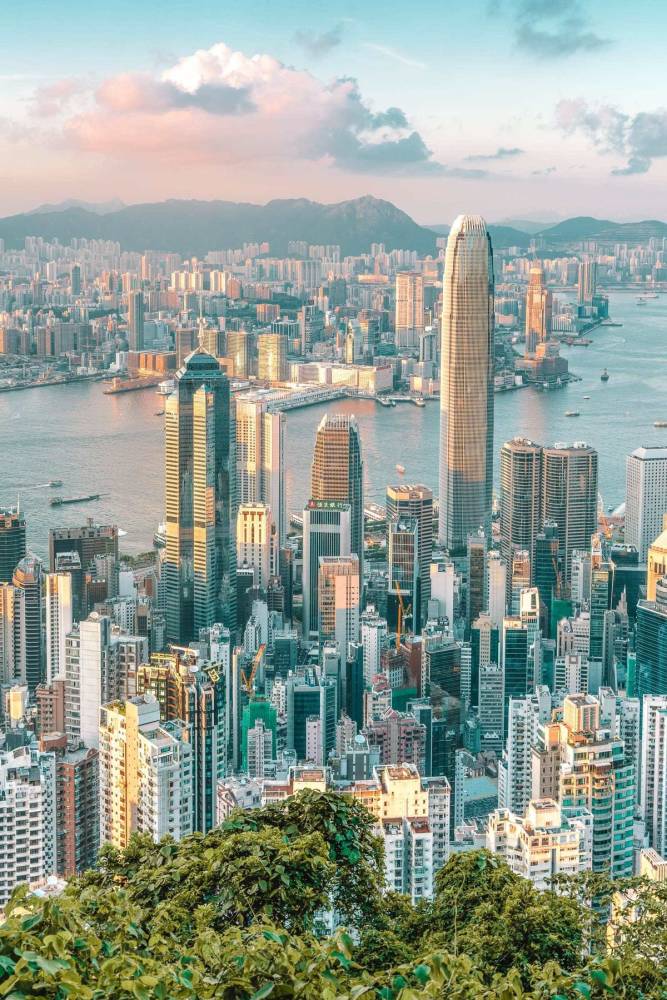
Creativity through challenges
Architects often face tight budgets, limited space, or strict regulations. These constraints may seem limiting, but they often fuel innovation. By pushing designers to think differently, they lead to more creative, functional, and engaging solutions.
Diversity in building types, uses, forms, and aesthetics is what gives cities their richness and character. It transforms urban environments into places of discovery and delight.
Vibrant, varied neighborhoods are not just visually appealing—they are also more inclusive and adaptable, capable of evolving as needs change over time.
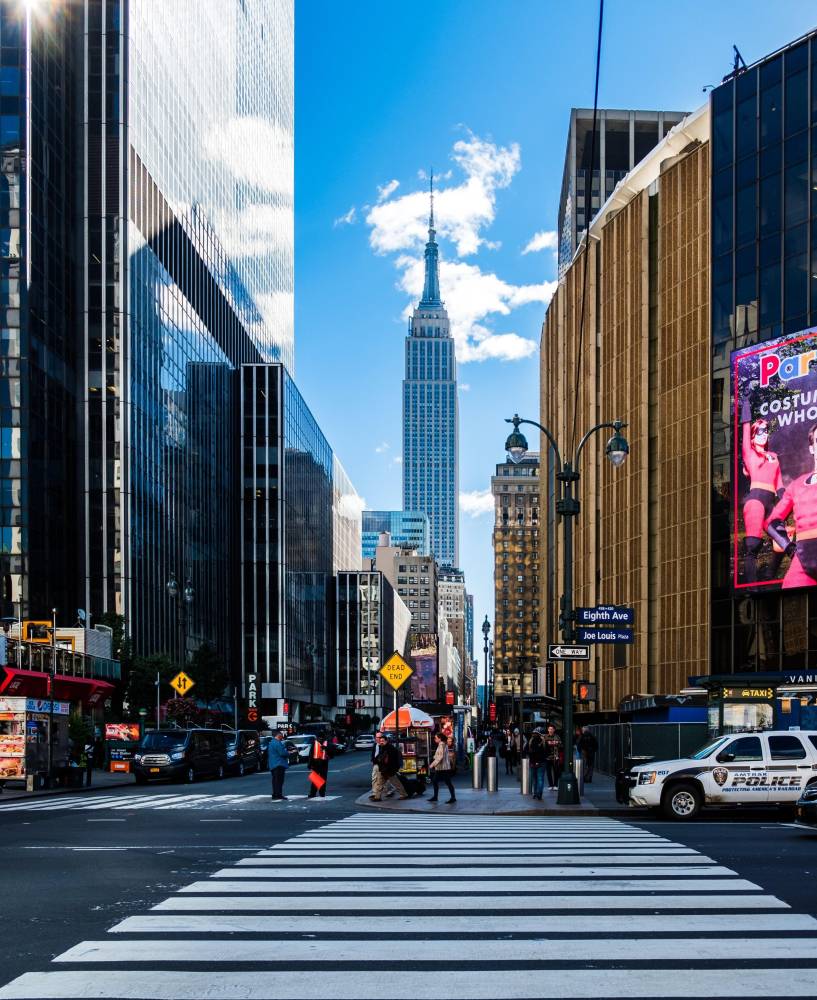
Resilience through diversity
A resilient city functions much like a healthy ecosystem. It thrives when there is movement, energy, and variety.
Homogenous urban landscapes, meanwhile, tend to stagnate. Cities that embrace diversity in design, planning, and development are more adaptable, sustainable, and capable of withstanding social, economic, and environmental challenges.
Masterplans and policies must therefore go beyond technical infrastructure. They must extend into the architecture and everyday spaces that shape people’s lives. The most successful cities are not defined by monumental projects alone but by the quality of their neighborhoods—by how well their everyday buildings, streets, and public spaces nurture human interaction and civic life.
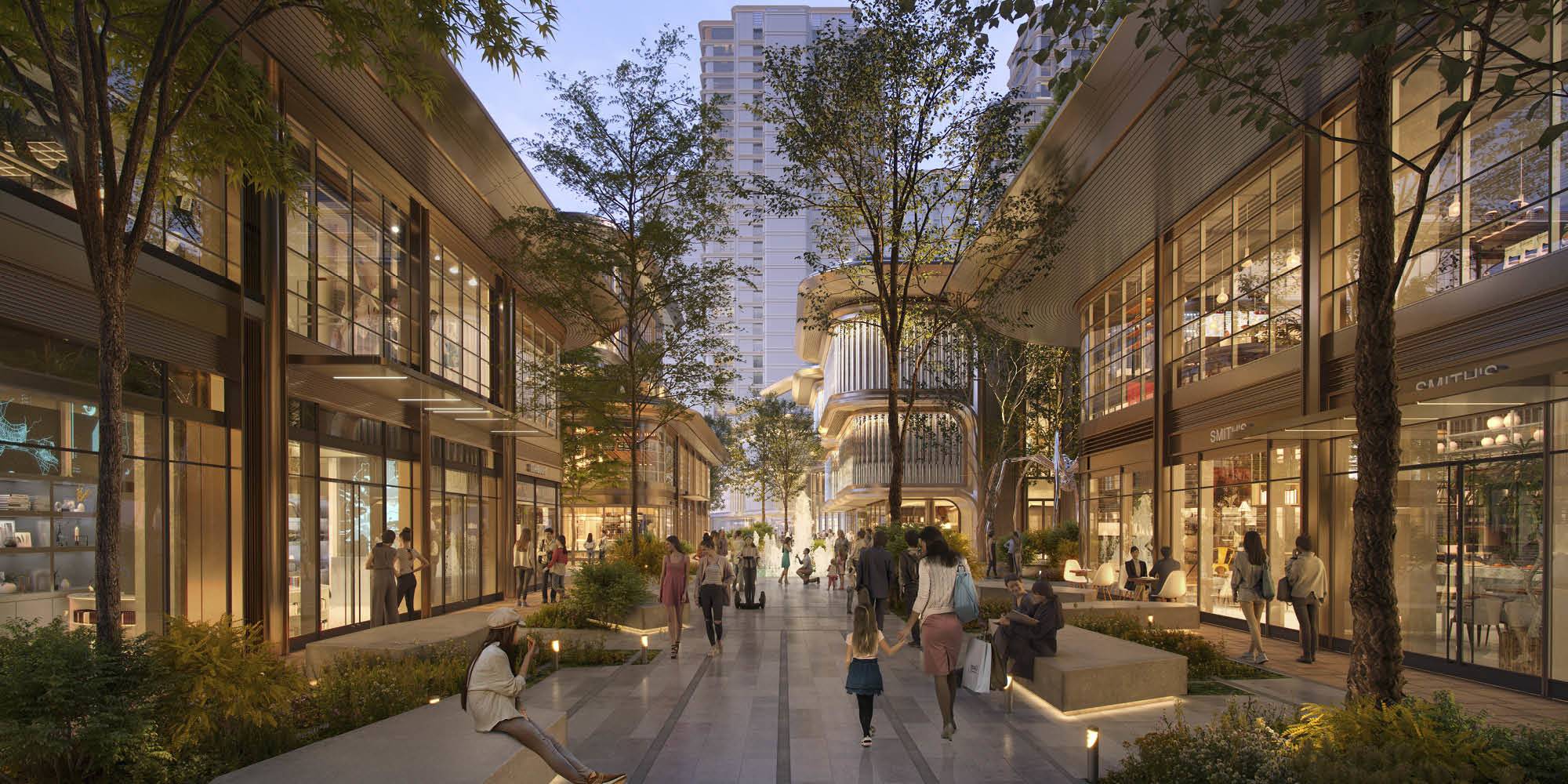
Civic architecture
At its best, architecture is not just a profession—it is a social act. It defines how people experience their communities and how they connect to one another. Buildings are more than containers for activity—they are active participants in shaping culture and identity.
When architecture responds to its context and reflects the diversity of the community it serves, it becomes something people notice, value, and take pride in. It strengthens local identity and transforms urban planning from an abstract exercise into a lived experience.
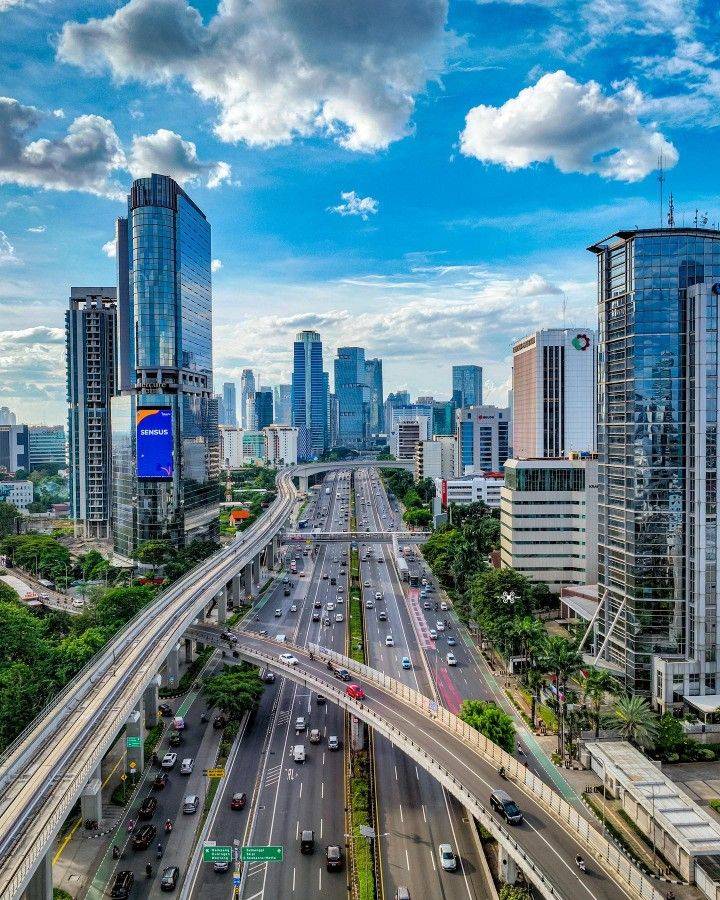
A better urban future
Cities are ultimately shaped by the people who live in them and the environments they inhabit. A city is only as strong as the architecture that forms it, just as a community is only as vibrant as the people who shape its future.
To build thriving urban environments, we must embrace diversity in design, in planning, and in the communities we imagine.
Architecture and urban planning must work together not just to build infrastructure, but to create places that inspire, connect, and enrich life. Only then can our cities become more than functional—they can become truly alive.











